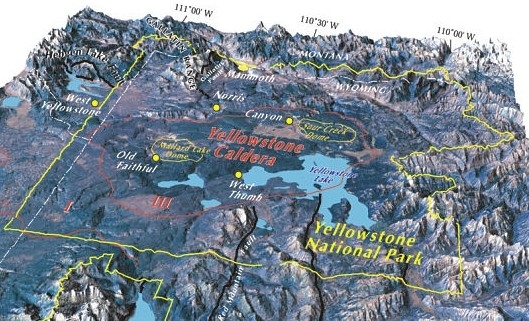Earth’s devastating supervolcanoes powered by density differences
Ars Technica » Scientific Method 2014-01-14

Devastating supervolcanoes can erupt simply due to changes that happen in their giant magma chambers as they slowly cool, according to a new study. This finding marks the first time researchers have been able to explain the mechanism behind the eruptions of the largest volcanoes on Earth.
Geologists have identified the roots of a number of ancient and possible future supervolcanoes across the globe. No supervolcano has exploded in human history, but the rock record demonstrates how devastating any eruption would be to today’s civilization. Perhaps most famous is the Yellowstone supervolcano in Wyoming, which has erupted three times in the past two million years (the last eruption occurred 600,000 years ago).
These giant volcanic time bombs seem to explode once every few hundred thousand years, and when they do, they throw huge volumes of ash into the sky. At Yellowstone, the eruption that happened two million years ago ejected more than 2,000 km3 of material—enough to cover Los Angeles in a mile-thick layer of ash.
Read 12 remaining paragraphs | Comments